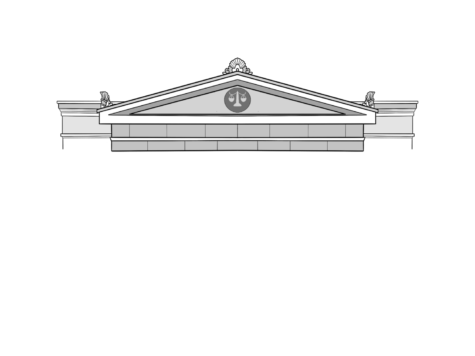
On February 7th, a judge of the Commonwealth Court of Pennsylvania ruled that our state’s current system of public school funding is unconstitutional. So what exactly does this mean? The current system that the state uses to decide how much each school district gets in funding is based on property taxes. For example, LMSD is one of the wealthiest districts in the state because residents pay more in property tax, which goes into funding for our public schools. The court believes this is unfair and violates the state’s duty to provide equal educational opportunities to every student. And it is. The state should be able to ensure that all of its students have the same opportunities to learn regardless of the socio-economic status of the area in which they live. However, the court’s ruling doesn’t state how to go about reforming the current system. This makes it hard to tell what will happen in the future, as it might take years for the state and educational leaders to come up with a comprehensive plan. A lawsuit was first filed in 2014, so it is clear that these processes can take a while, but any potential plan for a new system for school funding would likely include a reconfiguration of the current property tax-based system.
So how will this ruling affect our district? Any change to the current system might be opposed by some in Lower Merion, as it could direct some funding away from us and into less wealthy school districts throughout the state. According to the case documents, LMSD is currently able to spend around $31,000 per student. Other, less wealthier districts nearby are only able to spend around $18,000 per student with some much less than that. But ensuring that those amounts become more equal across school districts is worth the sacrifice. Even if there isn’t a plan set in stone, this ruling is definitely a step in the right direction. Pennsylvania has a duty to make sure all of its students have the same opportunities to learn. We can trace a lot of the inequality in our society back to education. If everyone starts out in different places based on factors they can’t control, society ends up with major discrepancies in opportunity and life in general. Sadly, these discrepancies tend to fall along lines of race and ethnicity, with minority students typically being disadvantaged by this unfair system of education funding. School districts that serve mostly minority students receive around $1,600 less than the nationwide average. Hopefully, a change from the current funding system can at least try to rectify this. Even if there’s no clear plan in place for reform, this decision at least acknowledges the problem of unequal school funding in our state and is something that everyone can celebrate.





